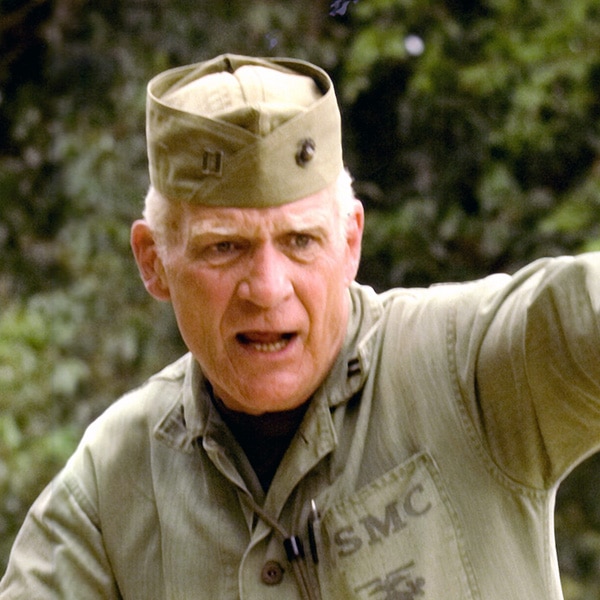M50 Ontos — “The Thing” in Vietnam
May 13th, 2023
7 minute read
One of the bravest guys I ever saw in combat was a skinny little PFC from Kansas. He was the loader on an Ontos and several times in the fighting for Hue City during Tet 68, I saw him bolt out of his cubby hole in the back of that vehicle, ignoring incoming rounds pinging off the armor, to calmly reload one or more of the recoilless rifles that his fellow crew-dogs had just discharged against an enemy strongpoint. He was grinning all the time like some carny running the grift on rubes at a low-rent county fair shooting gallery.
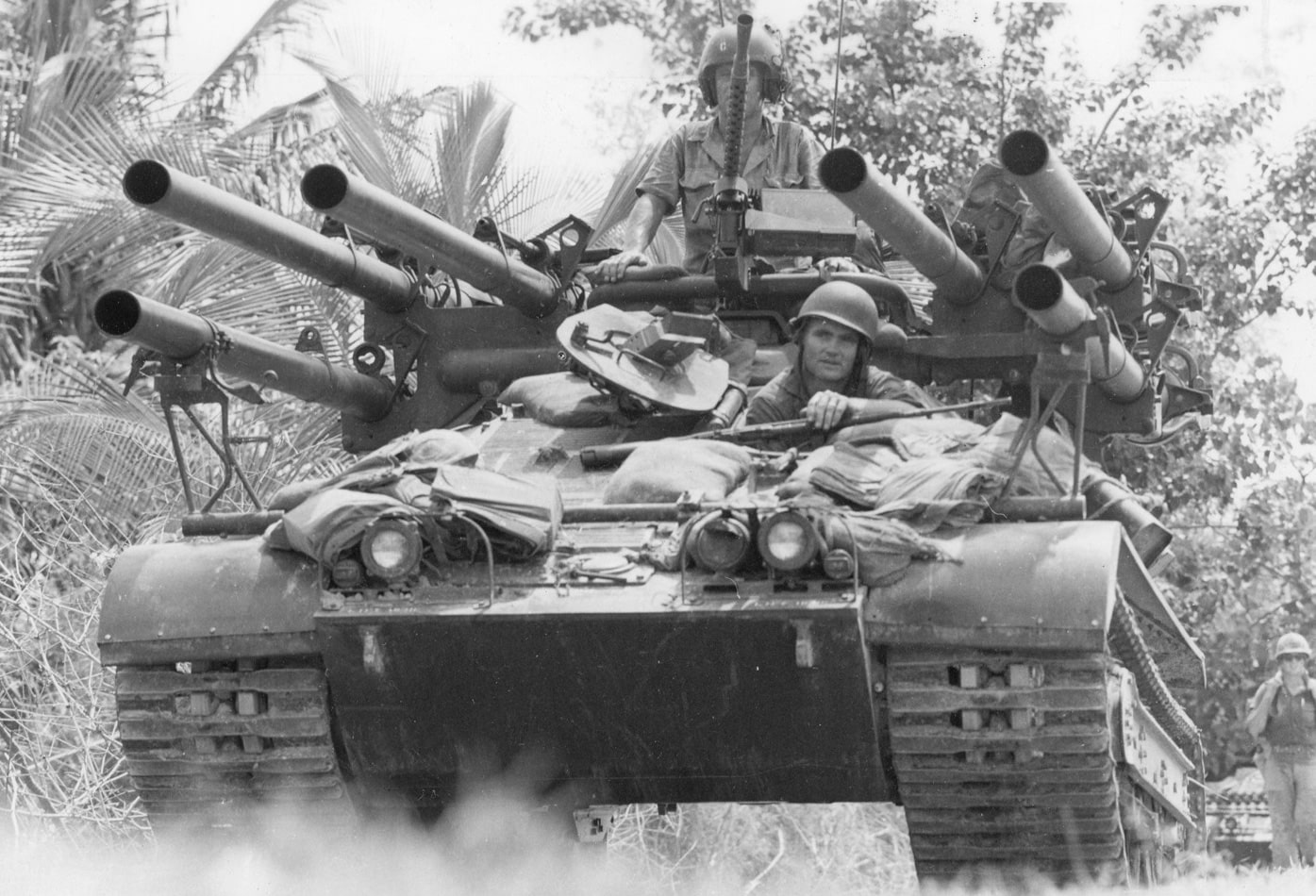
Those of us peeping from cover during this performance had long ago learned to duck and cover when an Ontos rolled up into the action. The backblast from one or more of the 106s mounted on the sides of an Ontos swept the streets of dust, rocks and debris, which became deadly shrapnel if you were dumb enough to stand and gawk.
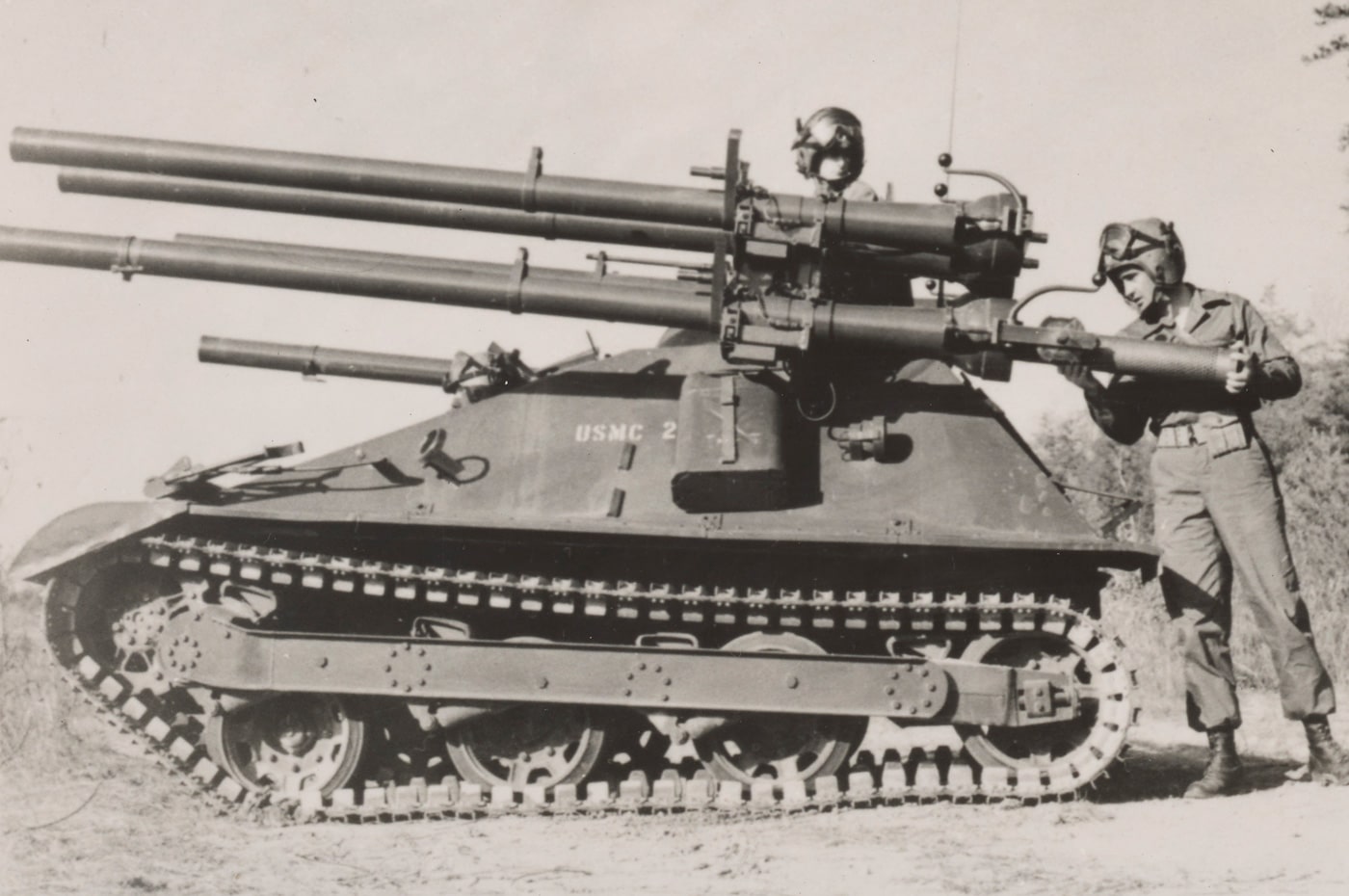
That said, when the going got weird in combat, the weird wanted an Ontos firing support. Totally impressed with the Ontos in Hue and later when 10 of them were airlifted by CH-53 helos into perimeter defenses at Khe Sanh, I began to look into the scrappy little vehicle that was clearly punching above its weight class in the war.
Only the Marines…
They called it Ontos — Thing in Greek — probably because they couldn’t stand to name something that weird after a hard-charging battlefield general. Or, because no one could come up with anything better back in the late 1950s when the Army started experimenting with a lightweight, air-deployable, dedicated anti-tank vehicle based on the M56 light tank chassis.
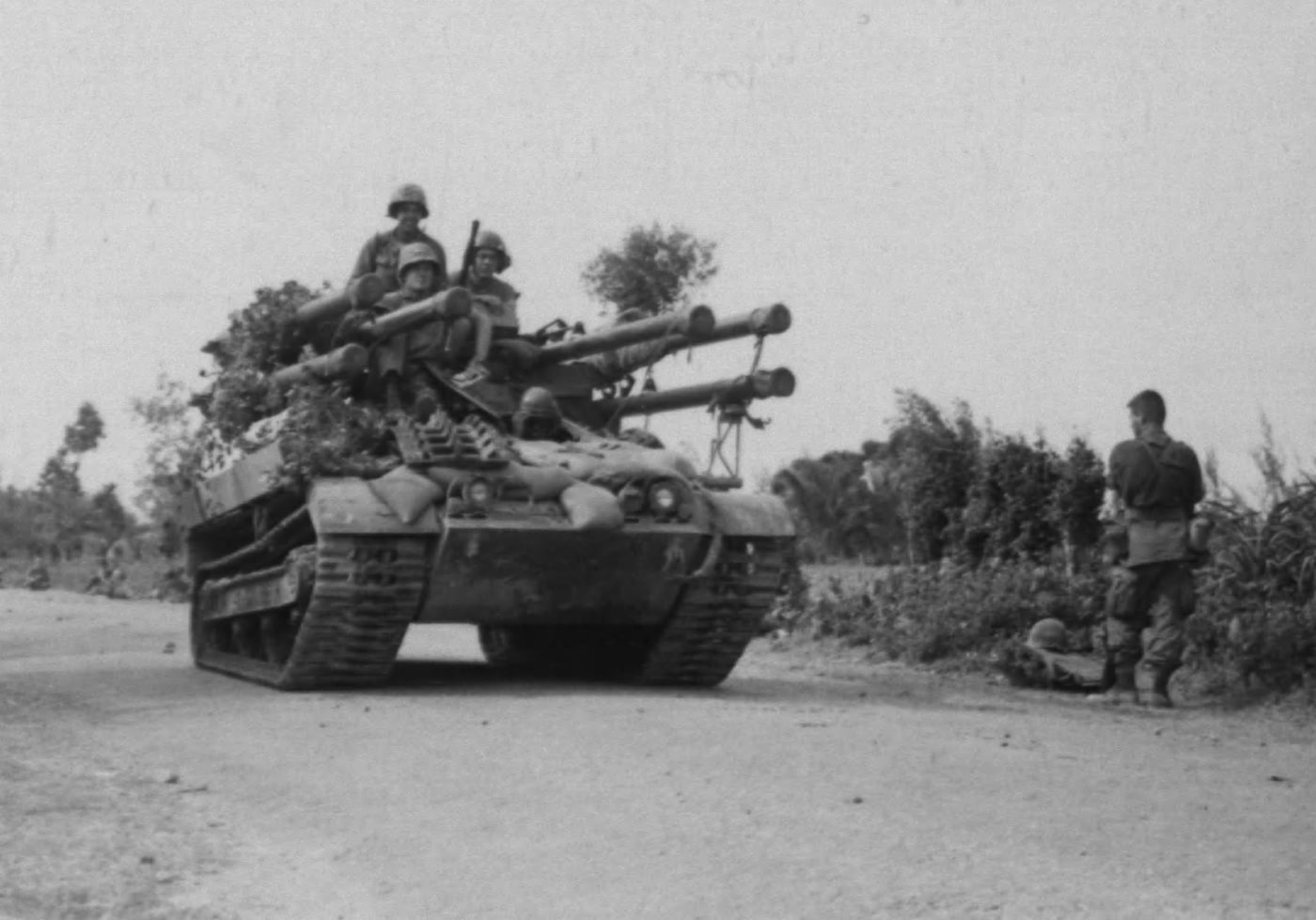
Soldiers didn’t think much of the vehicle offered by Allis Chalmers. Too tall, too thin-skinned, too confined and cramped, and a salvo of all six 105mm recoilless rifles caused almost much damage to the surrounding areas as it was supposed to do to the enemy. And where were they going to find sufficient suicidal Spec 4’s to dismount under fire and reload the damn thing?
No thanks, the Army said to Allis-Chalmers who built the prototype. We’ll pass…but those gung-ho Marines might be interested.
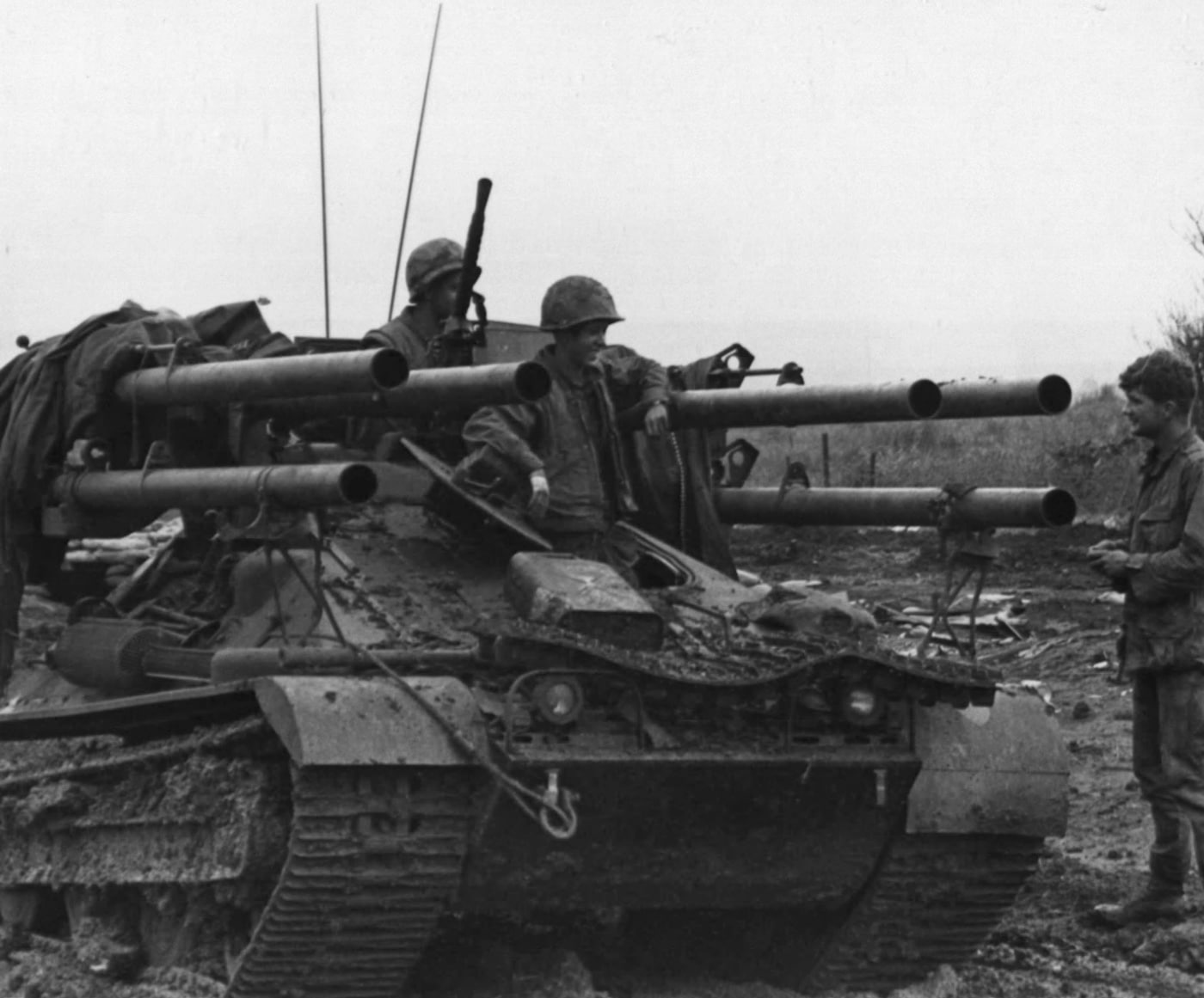
The Marines were interested. Enough so that they took the entire production run of just under 300 vehicles in 1965, listing it on the inventory as Rifle, Multiple 106mm, Self-Propelled, M50. The first vehicles went on to the Marine T/O in anti-tank battalions.
And then came the war in Southeast Asia during which light infantry enemy formations showed up to the fight without tank support. Marine anti-tank outfits were canned and the Ontos’ were shoveled into standard tank battalions for service as mobile fire support weapons.
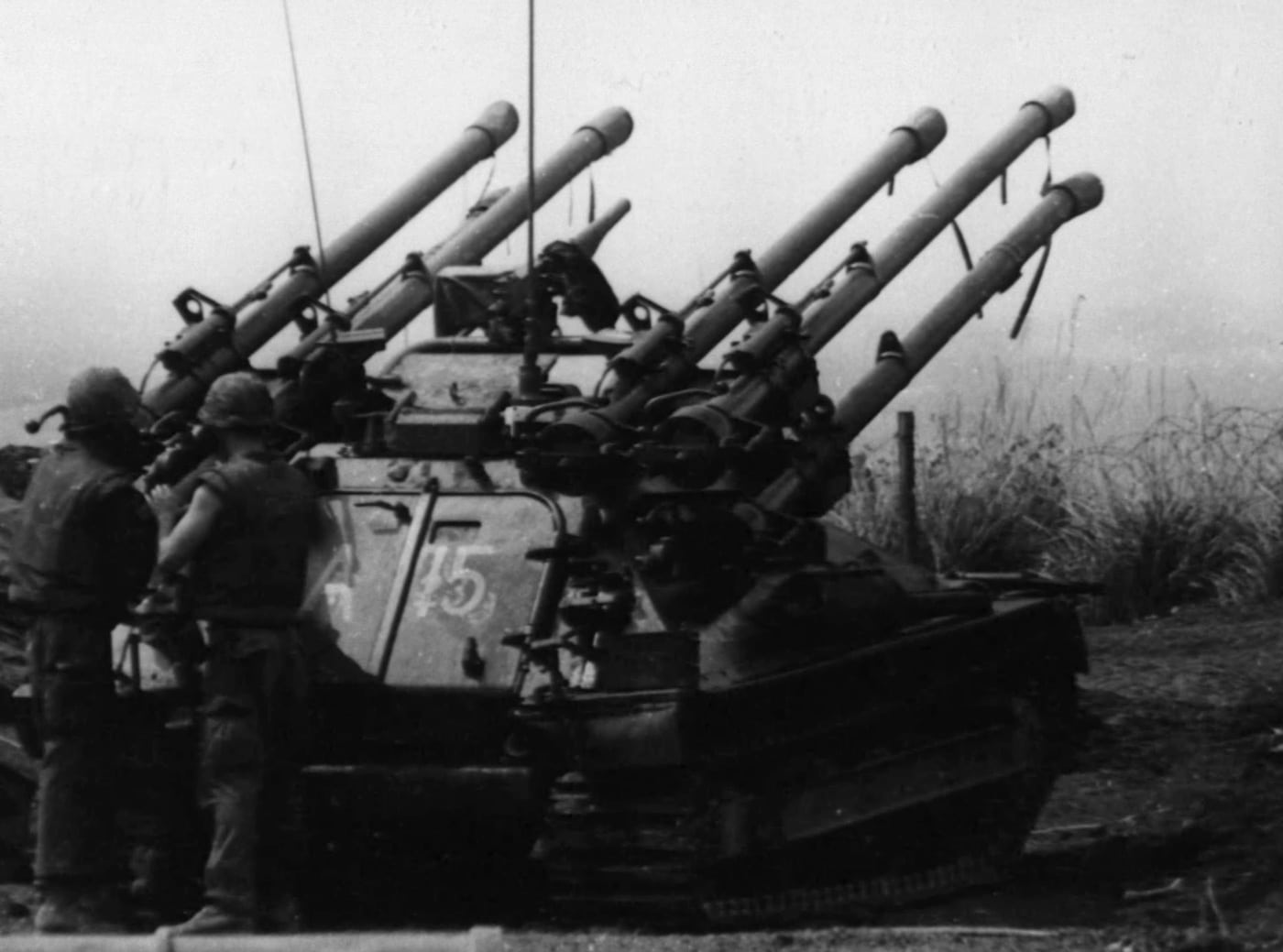
Initially, grunts admired the Ontos for their six-pack punch and ability to stay close on the heels of the advance. Much lighter and nimbler than M48A3 tanks, the Ontos kept pace. Where monsoon mud and flooded rice paddies tended to mire tanks, the Ontos skated right through at just 13-plus tons, pushed by an in-line GM six cylinder gasoline engine mounted forward on the right side of the driver.
But there was no denying the Ontos too often fell victim to an increasing proliferation of AT mines, improvised explosive devices and RPGs. Regular losses highlighted the vulnerability of the vehicle, which had only a half-inch of armor all around to protect the three-man crew of gunner, driver, and that woebegotten loader sealed off in the back with just 18 rounds of ready ammo.
Some field commanders simply didn’t know what to do with the Ontos or how to slot it into their fire-support plans along with mortars and mobile artillery batteries supporting their scheme of maneuver. Those that were risk-averse shunted the vehicles off to duty as perimeter defense at firebases or convoy escort along their MSRs.
Setting Their Sights
Those that wanted all the bang they could get for operations continued to use the Ontos to reduce enemy hardpoints and jungle fortifications. And surviving Ontos crews touted the Ontos’ flexibility in that role.
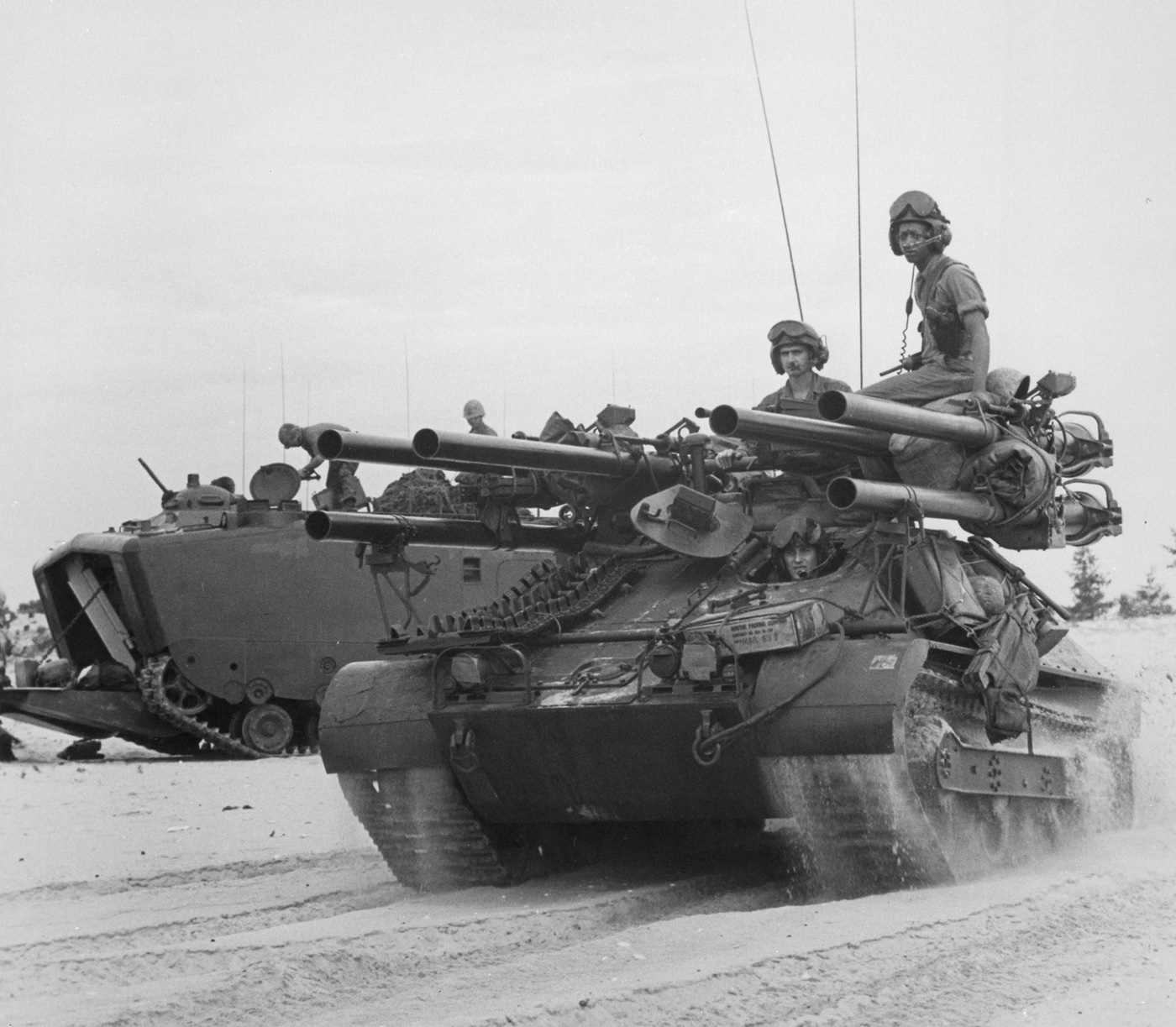
While it appeared early on that the vehicle had to be used as its own sight with the crew simply orienting the Ontos on a proposed target, in actuality, the racks of M40 rec-rifles could be traversed off the axis of the vehicle by 40 degrees either direction and the tubes could be elevated 28 degrees or depressed minus 10 degrees from their horizontal alignment.
And like the ground-mounted version of the standard 106mm recoilless rifle, four of the Ontos tubes could be dialed in on targets using bore-sighted M8 .50 caliber spotting rifles. The spotters fired tracer rounds that impacted with a visible puff of smoke and aided the gunner in bringing his main weapons right onto targets out to an effective range of 1,500 meters. Engaging targets at that kind of range in Vietnam was rarely required, and the Ontos did most of its best work under 500 meters, or even closer, as demonstrated when the refuse hit the rotors in Hue during Tet 1968.
Turning Back the Offensive?
Most of the vehicle’s harshest critics changed their minds after the Ontos started playing a major role in the fighting on Hue’s mean streets. It quickly became the go-to weapon of choice when infantry units on both sides of the Perfume River needed holes blown in concrete buildings or roadblocks reduced by HE or AT rounds fired by an Ontos that could roar up to the scene, hit the brakes, fire a quick spotter and then proceed to reduce strongpoints to instant rubble. And the extra .30 caliber M1919A4 machinegun atop the vehicle was always welcome firepower, even when the Ontos was parked to reload.
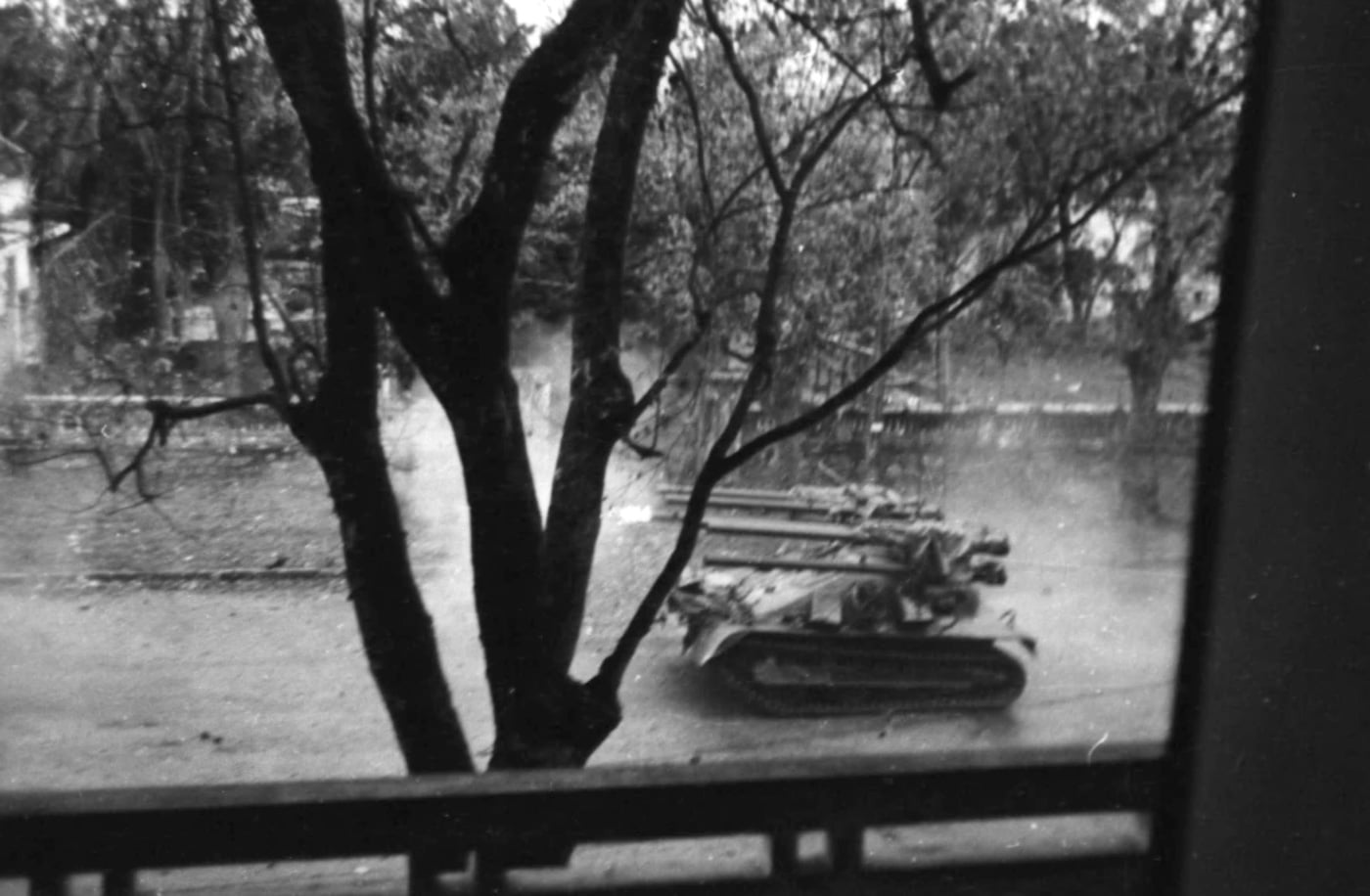
During southside fighting along the Perfume River’s banks, I distinctly recall watching (from deep cover) as Lieutenant Colonel Ernie Cheatham, CO of 2nd Battalion, 5th Marines, ground-guided an Ontos right up to the riverbank and pointed at a spot on the Citadel walls that was hitting his Marines with flanking fire from across the river. There was some fiddling for position, then two spotter rounds, followed by ripple fire from a pair of 106s. A large chunk of wall fell into the moat surrounding the Citadel and harassing fire from that direction ceased permanently.
When the Marines had nominally subdued the NVA formations on the southside of Hue, commanders made sure that the landing craft ferrying Marines onto the north side where they had to attack the Citadel, the fortress-like seat of the ancient Annamese emperors, carried all available Ontos. In that northside fight both tanks and Ontos did yeoman work supporting the infantry tasked with clearing entrenched enemy from the Citadel’s 40-foot thick surrounding walls.
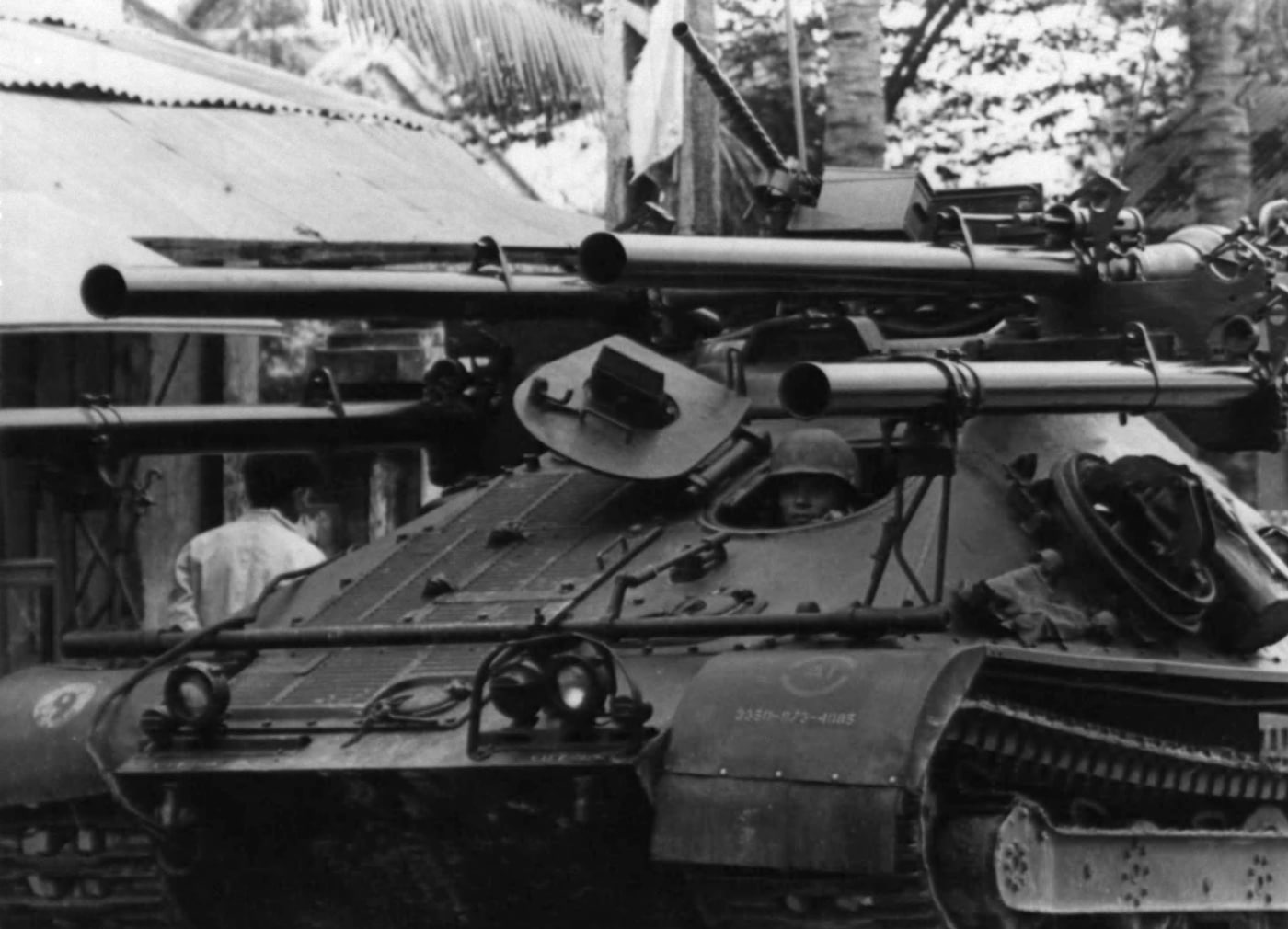
An anecdotal story from one company of 1st Battalion, 5th Marines during the northside fight illustrates the point. Delta Company was hung-up and pinned down at an intersection inside the Citadel walls by what seemed to be an entire NVA platoon occupying a two-story building and lacing into them with multiple machineguns and RPGs.
They were stuck and getting murdered until an Ontos rolled up on scene. One tracer from a spotting round flew into the window of the disputed building and the NVA abandoned it, scattering like cockroaches.
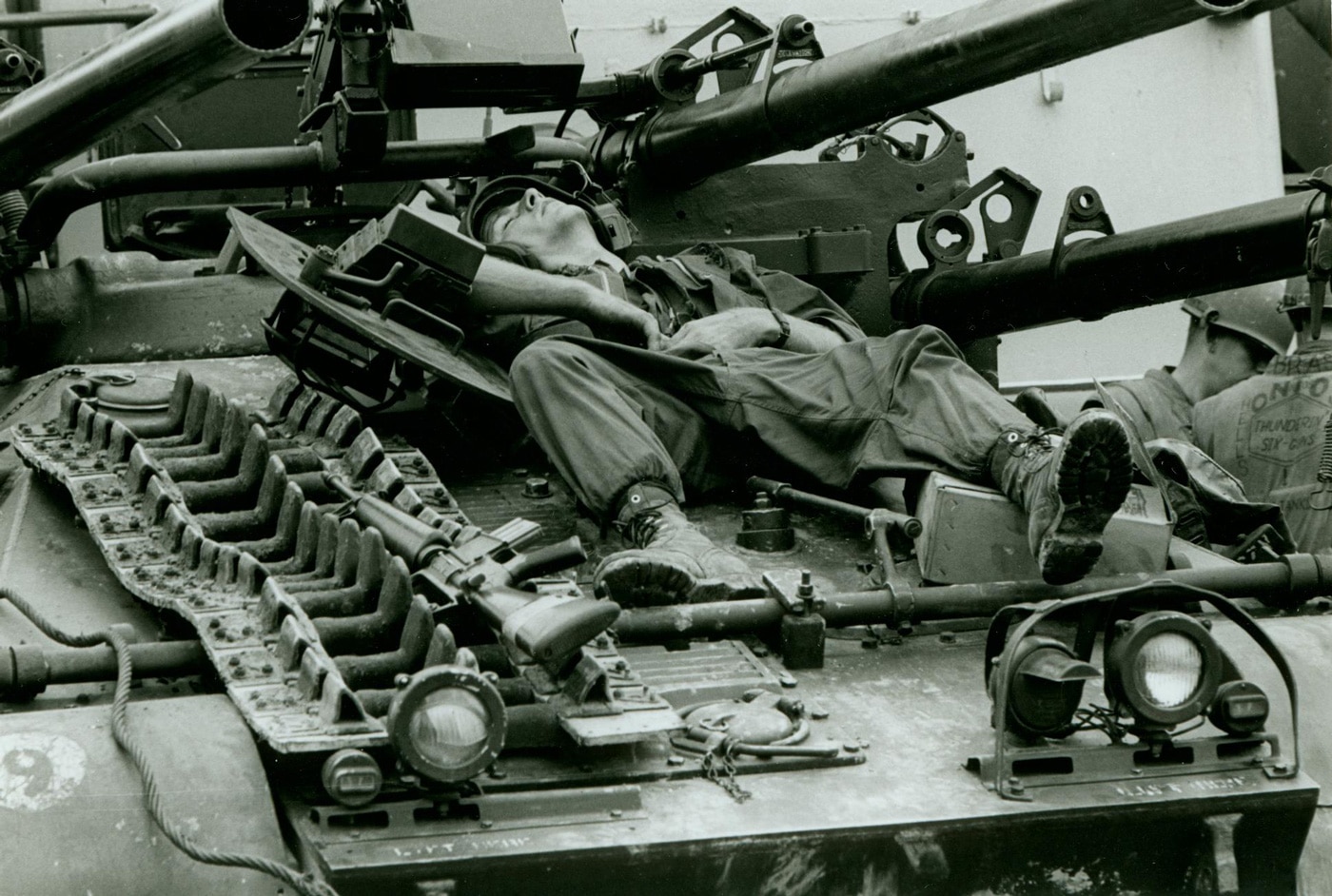
The Ontos never even had to fire it’s 106’s. Apparently the word had spread from NVA survivors of the southside fighting to their buddies on the northside: When The Thing rolls up on your position, it’s time to un-ass the area.
Conclusion
Like it or not — and Hue City veterans did not like it — the Ontos had played its last major role in Vietnam. What vehicles were still operational in-country were foisted off on the ARVN in 1969. Most of them wound up as defensive pillboxes or guarding major thoroughfares until the country fell to the communists in 1975.
Editor’s Note: Please be sure to check out The Armory Life Forum, where you can comment about our daily articles, as well as just talk guns and gear. Click the “Go To Forum Thread” link below to jump in!
Join the Discussion
Continue Reading
Did you enjoy this article?

 282
282





